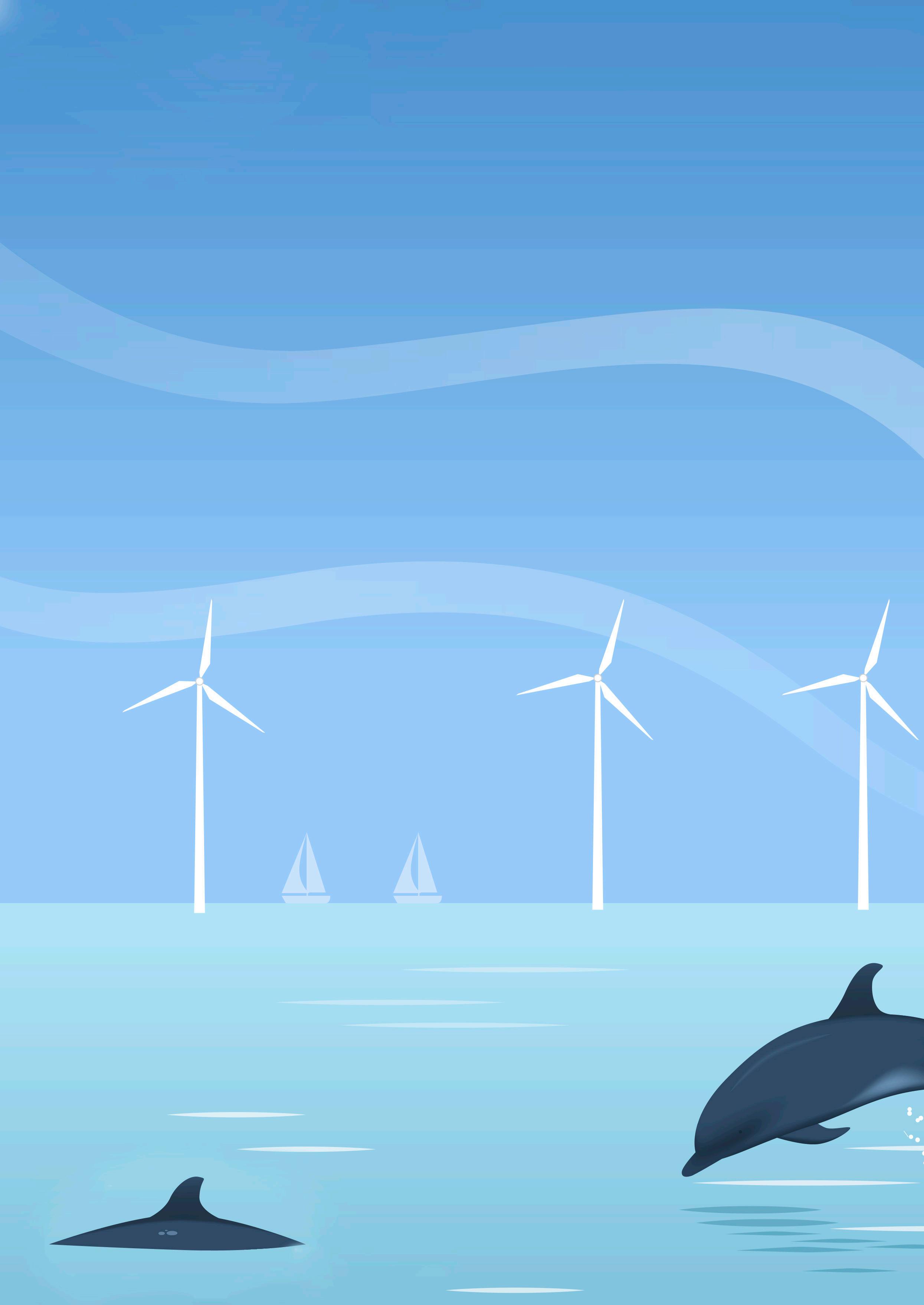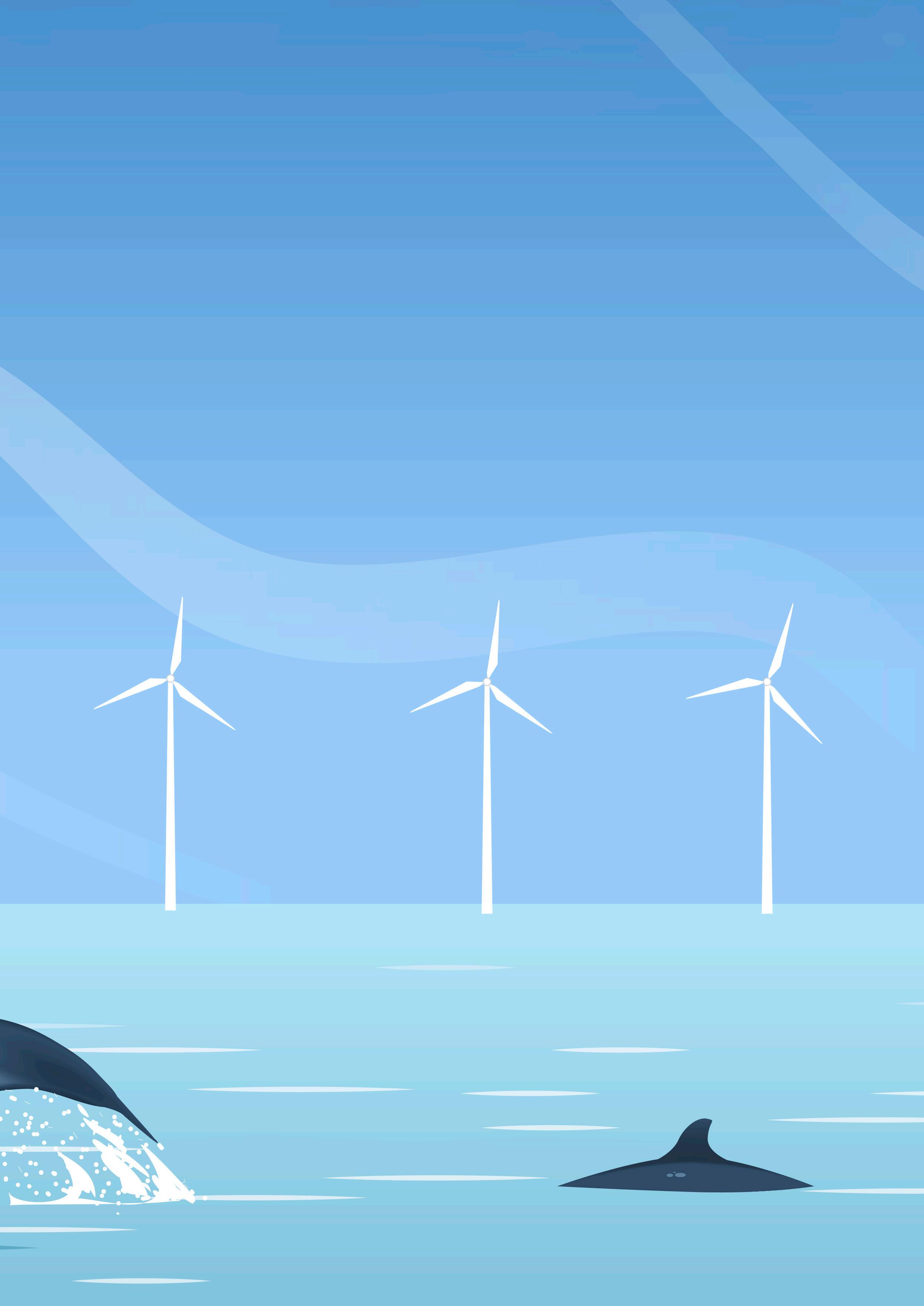
7 minute read
Take a leap
Gary Bills, K2 Management, Director of Projects EMEA, UK, debates the necessity of transition pieces, discussing the risks and rewards associated with removing this structure from wind turbine installation operations.
Earlier this year, Bloomberg reported that commodities prices surged to a 10-year high. It noted aluminium and steel’s continuous price climb alongside the recent jump in European gas.
Hot on the heels of this, the World Energy Outlook by the International Energy Agency predicted that clean energy investment costs could increase by between €354 billion and €620 billion by 2030. The cause of this dramatic increase? Commodity price volatility.
Rising commodity prices, a substantial obstacle to developers in getting new projects online, will not be going away any time soon. If anything, it is likely to worsen, and is a significant hurdle to overcome if renewable energy and net zero targets are going to be hit.
The offshore wind industry feels this acutely – and is at the mercy of commodity prices as much as any other industrial sector. But it perhaps benefits in the fact that it is evolving rapidly; technology is still developing and opening up novel cost- and material-saving opportunities.
According to the Global Wind Energy Council’s Global Offshore Wind Report 2021, 235 GW of new
offshore wind capacity will be installed over the next 10 years. With development growing at this rapid pace, introspection is required. How can existing designs be innovated, improved, altered, and lead to greater cost effectiveness? The answer is not simple. But as a first step, perhaps incremental gains could cut costs and bring projects online a little faster, at a slightly reduced cost, without compromising on quality.
One area of turbine installation where an incremental gain could be achieved is through a re-think around transition pieces. Are they really needed? Could building without them reduce the amount of steel that a wind turbine requires? Are they an additional yet unnecessary cost? Do these costs increase the lead time to the project – and could projects be built quicker and to a higher quality if transition pieces were not used?
Why are transition pieces so important to turbine design?
The main use of a transition piece, the 250-t steel component which links the turbine to the monopile, is to levelise horizontal inaccuracies arising during the installation of the foundation.

The structure also carries secondary steel elements, such as boat landings, ladders, and platforms.
Building with a transition piece has been conventional for decades now; it is tried, tested, and has been proven to work, which in turn instils greater investor confidence.
The transition piece was used out of necessity, ensuring that the tower is vertically aligned to withstand its own weight, as well as to withstand the pressure of its surroundings. Furthermore, the transition piece has become an integral part of the operations and maintenance practices for wind farms, allowing safe and easy access for workers to make sure that the turbines continue to run at their best.
It goes without saying, transition pieces have been the predominant technology – and they remain so. But with new technology comes greater scrutiny, and in the spirit of industrial innovation, all turbine components should be held under constant review.
Each project is assessed individually, considering its site geography carefully, before a decision can be made on whether it can be built without a transition piece. It is also worth noting that, since building without a transition piece is still new to the industry, it has minimal track record. On this basis, it might be more difficult to secure financing. However, it is now a proven technique and the developer will be able to satisfy technical requirements to the lender, with the right information.
To construct turbines without a transition piece means using a longer monopile. The increased weight on this part of the turbine is something that must be carefully considered at every stage of the installation process, be it transporting the monopile to site, loading it onto the installation vessels, or installing it into the ground. The equipment used must be ready to balance this extra weight and to work with the same efficiency if the gains that make this step worth taking are to be seen.
Could turbine towers be built without transition pieces?
It is clear that transition pieces serve a purpose, but can turbines be installed without them and if so, what are the alternatives?
In recent years, installation technology has improved to such an extent that monopiles are being installed incredibly accurately. Not only that, but they can be positioned in deeper waters and built to withstand tougher weather conditions. The advancement of this technology brings up the question of whether the transition piece is even necessary at all.
K2 Management has advised on multiple projects where a transition piece was not necessary. It is difficult to ascertain how much time and raw materials was saved by doing so, but in either case, it has allowed the exploration of this technique.
Cutting the transition piece out of offshore wind turbine design
The potential benefits of building a turbine without a transition piece are manifold.
A key one is that the large diameter flanges used to secure the monopile to the transition piece and then the transition piece to the turbine have substantial manufacturing lead times, sometimes among the longest of the turbine parts. By taking away the transition piece, there is no need for these additional parts, which theoretically can be an effective way to make efficiencies in build time.
Does removing the transition piece from turbine design mean less steel is required?
It is difficult to be certain. It is not the case that the steel used for the transition piece can be cut out altogether. The monopile will naturally need to compensate for the absence of a transition piece, with this part of the turbine tower requiring more steel to compensate for this. However, materials will be saved on the bolts and substances used to connect the transition piece to the monopile.
Furthermore, the pieces of the turbine can be shipped more efficiently to save time and money on transportation. A standard large vessel will be needed to transport the monopile. But after this step, a large vessel is no longer necessary. This represents cheaper service costs in the form of fuel and ship models used.
It is also worth noting the time and money that could be saved beyond installation. Less time is needed for maintenance inspections if there are fewer parts (and bolts attaching those parts) that need to be maintained. The lifetime cost of the asset can in this way be improved, supporting the industry not just in the development stage but throughout operations.
Ultimately, the discussion on to have or not to have a transition piece is one about incremental savings in terms of the materials used and the time saved on manufacturing, shipping, and construction. Although excluding the transition piece from design might only achieve small cost savings, across a 2 GW wind farm with hundreds of turbines these gains could, in sum total, be significant. Given the pressures that developers are going to be under in terms of cost and time, these incremental gains will perhaps be welcome.
As the offshore wind industry grows, it is vital that a close eye is kept on costs and every project is maximised in the best way possible. According to research from the Renewable and Sustainable Energy Reviews, from just three years ago, the cost reduction of offshore wind energy may be able to reach a notable 75% in some cases for installations commissioned by 2024. This figure bodes well for the industry and shows how much potential there is for current models to save costs, if companies are open to the new technologies enabling this. With turbines now over four times as large as in 2000 – and with growth showing no signs of slowing – incremental money-saving gains will continue to be key to reaching targets.
There is not necessarily a right or wrong answer in the debate around transition pieces. There is, potentially, an element of assessing risk and reward – taking out a trusted structural component of a wind turbine carries some risk, of course. But there is improved technology at hand to exploit – such as that which is enabling monopiles to be drilled more accurately now.
It is a discussion that K2 Management is having with its clients regularly, but the outcome is always linked to project specific requirements. If proceeding without a transition piece can save just a little time and money, in today’s tricky development environment, then it is worth considering.

